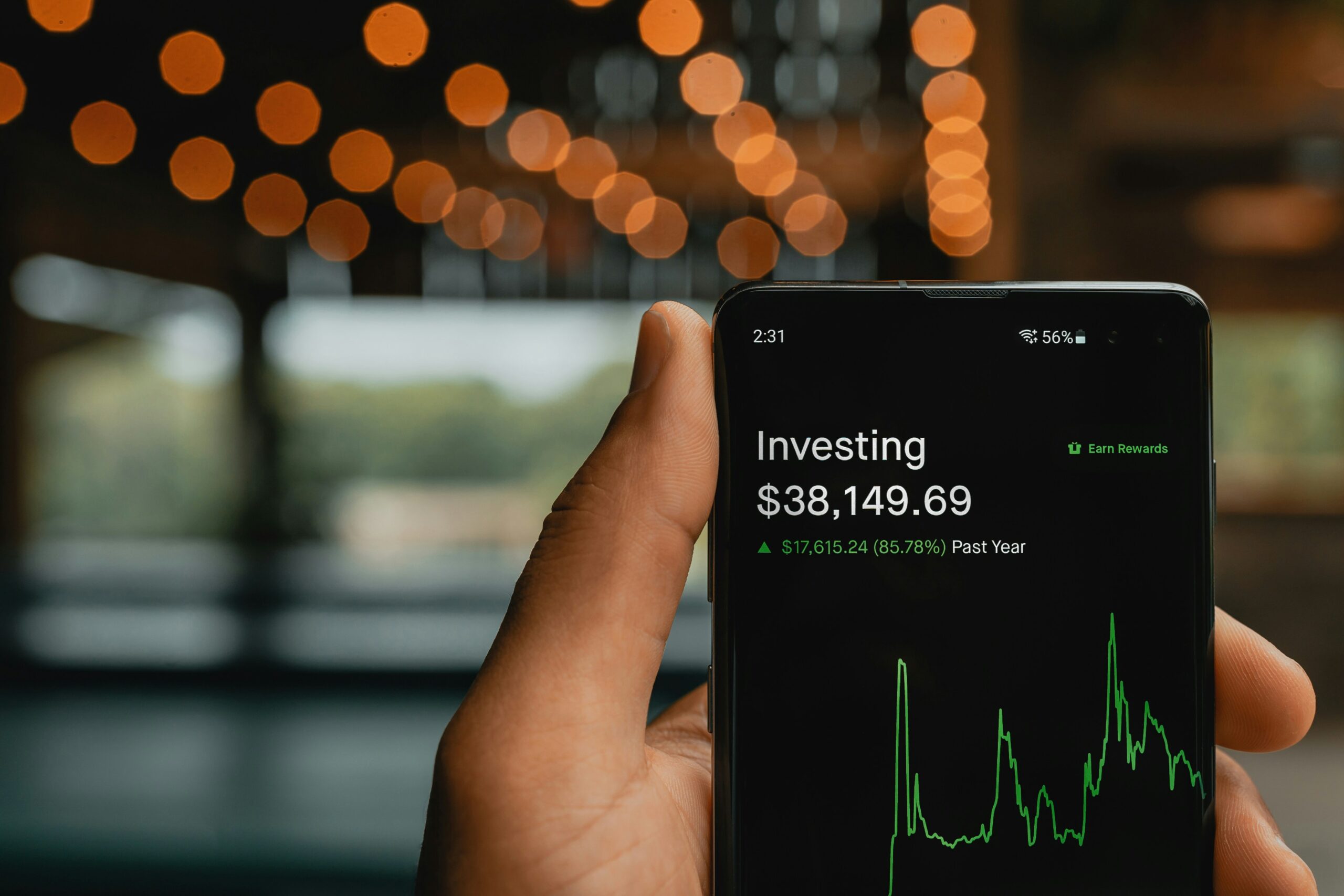With the economy proving to be so volatile over the last several years, not to mention the fact that interest rate cuts are likely on the horizon, more and more people are turning to investing as a way of financially safeguarding their futures.
While you can invest in a variety of different things, more often than not, people will put their money in the stock market, investing in stocks, shares, and funds.
Investing can be a great way to steadily grow your money and enjoy impressive returns on your investments. It is not, however, without its risks. There’s a lot to understand when it comes to investing, especially as a beginner, and there are no guarantees that you will even see your investment grow.
With that said, if you do your research, invest wisely, and understand the ins and outs of investing, you could enjoy impressive returns. Follow the tips and advice laid out in this guide to understand the basics of investing.
Understand That There are No Guarantees with Investing
While investing your money is generally considered a “sensible” and “mature” approach to money, before investing you need to understand that there are no guarantees with investing.
Typically, in the long-term investments increase in value, they can also drop. Be wary of investing platforms or “influencers” claiming that investing in a company, a fund, or a cryptocurrency will guarantee you a return of X amount, because in investing there are no guarantees. You could invest £100 in a company one day, wake up the following day, and see that your investment is only worth £50. At the same time, you could wake up and see that it is now worth £150.
Basically, don’t assume that investing your money is a guarantee of growing it. In investing, there are no guarantees, and nobody knows what the stock market is going to do from one day to the next.
Only Invest What You Can Afford to Lose
Again, because investing can be so volatile, and because there are no guarantees, you should only invest what you can realistically afford to lose.
If for example, you have £5,000 to your name, which you need to help pay your bills, don’t invest it all. You still need money to live on and if you invest it all, it’s still tied up in your investment so you can’t access it straight away anyways, even if it has gone up.
We recommend starting with a small, modest amount so you can understand how the markets work, and how the stocks/shares/funds you’ve invested in usually behave.
Begin with Low-Moderate Risk Investments
While everybody on Instagram likes to talk about how investing in Bitcoin and crypto gave them such impressive returns, they don’t talk about how volatile the cryptocurrency market is. The price of crypto is constantly fluctuating dramatically, meaning it is very up and down.
High risk investments are high risk for a reason. Sure, they may yield more impressive returns, but they can also yield more dramatic losses as well. Each stock/share/fund/asset you invest in will be assigned a risk score.
While you know how much risk you are prepared to take, we recommend beginning with low-moderate risk investments. These are investments that are considered safer. They’re up and down like any other investment, but the amounts they’re up and down by are far smaller. They are also less likely to drop as sharply.
Diversify Your Portfolio
When investing, it is often best not to put all your eggs into one basket, as it were, and to instead diversify your portfolio.
Instead of investing in one company such as Amazon for example, take the money you plan to invest and split it around different investments in different sectors.
If you invest in a tech company for example, if the tech markets suffer a financial setback, your only investment will drop. If, however, you invest in the tech market, the green energy market, and the property market and see that green energy and property markets are doing well, those gains help to offset the losses in the tech market.
Consider an ETF
Rather than investing in individual stocks and shares, a lot of investors, both beginners and experienced, may choose to invest in Exchange-Traded Funds, or ETFs as they’re known. ETFs are made up of smaller ‘units’, which you will need to buy when you invest in them. With funds, instead of investing in just one company, you are instead investing in a fraction of multiple different companies.
ETFs have different themes. If you want to invest in the tech market, you can invest in funds made up of different tech companies. You can also invest in an S&P 500 tracker which tracks the companies which form the S&P 500 in America, or a UK-based FTSE 100 tracker which tracks the 100 biggest companies in the UK.
For a more balanced investment portfolio, there are ETFs out there which contain a variety of different units from different markets. There will be tech companies in there, companies from emerging markets, green energy companies, construction companies, retail companies, and plenty more besides. These are typically safer bets, and often yield modest, yet stable returns. These are often best left for long-term investing so you can steadily grow your investment over the course of several years.
Don’t Panic
Finally, if you do decide to invest your money, just be aware that your investment’s value is constantly going to be up and down.
The stock markets can be very volatile at times, especially at the moment, and you could see dramatic dips and falls, often day by day. The worst thing you can do as an investor is panic and sell when your investment is in the red.
If you do see your investment has fallen dramatically, don’t panic and automatically sell. Selling at a loss is the only way of guaranteeing you’re losing money. Instead, if you can afford to do so, hold your nerve and simply leave it alone. Historically, the markets always recover, and your investment will likely increase in value as time goes by and the markets stabilise.
*Disclaimer* – This is not financial advice. We are not professional financial advisors and cannot make any financial guarantees. The value of your investment can go up as well as down. Only invest what you can afford to lose.

